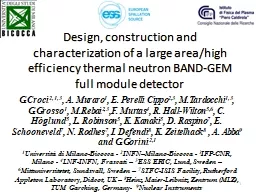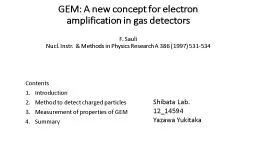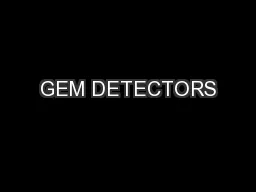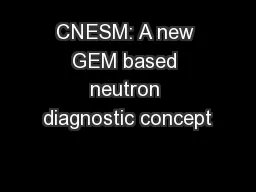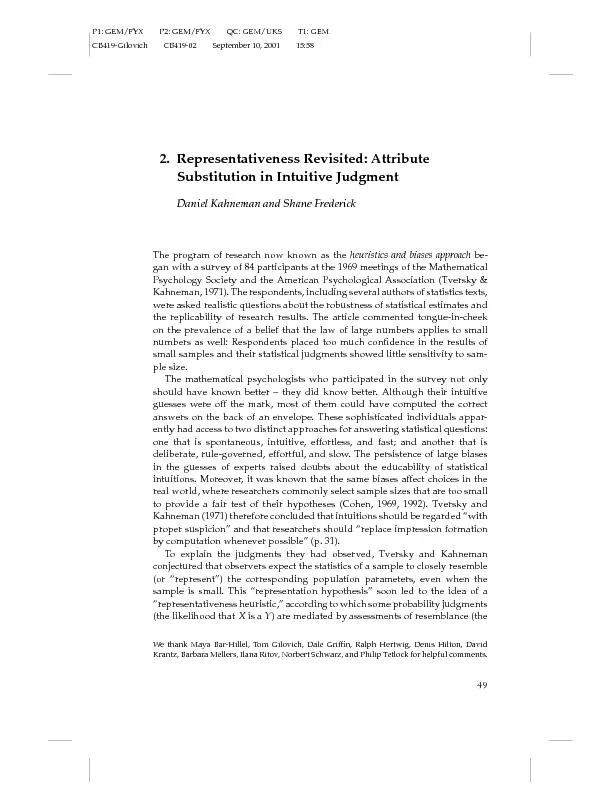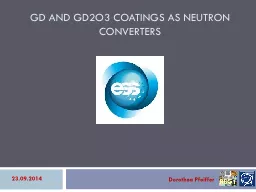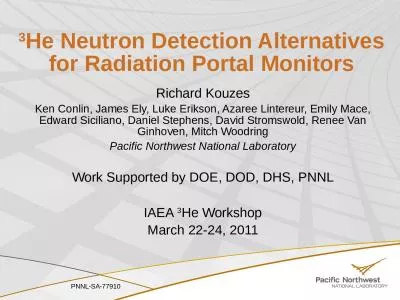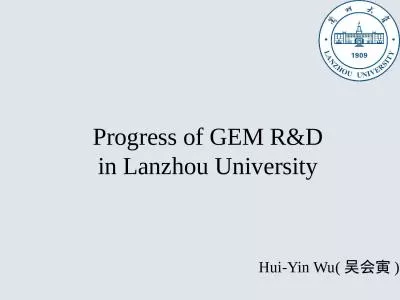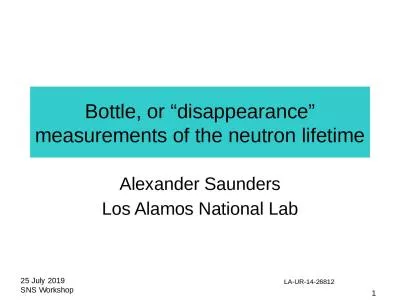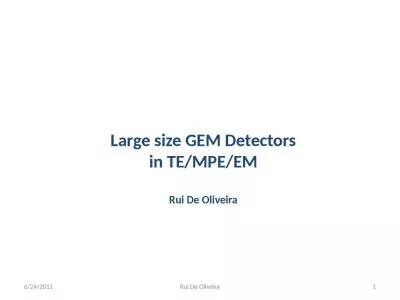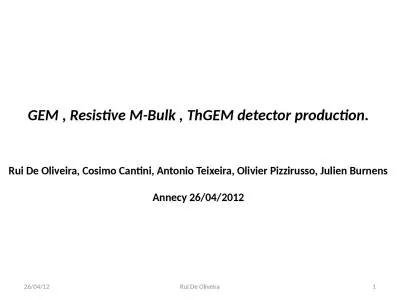PPT-Design, construction and characterization of a large area/high efficiency thermal neutron
Author : playhomey | Published Date : 2020-08-06
1 GCroci 213 A Muraro 1 E Perelli Cippo 23 MTardocchi 13 GGrosso 1 MRebai 23 F Murtas 4 R HallWilton 56 C Höglund 5 L Robinson 5 K Kanaki
Presentation Embed Code
Download Presentation
Download Presentation The PPT/PDF document "Design, construction and characterizatio..." is the property of its rightful owner. Permission is granted to download and print the materials on this website for personal, non-commercial use only, and to display it on your personal computer provided you do not modify the materials and that you retain all copyright notices contained in the materials. By downloading content from our website, you accept the terms of this agreement.
Design, construction and characterization of a large area/high efficiency thermal neutron: Transcript
Download Rules Of Document
"Design, construction and characterization of a large area/high efficiency thermal neutron"The content belongs to its owner. You may download and print it for personal use, without modification, and keep all copyright notices. By downloading, you agree to these terms.
Related Documents

